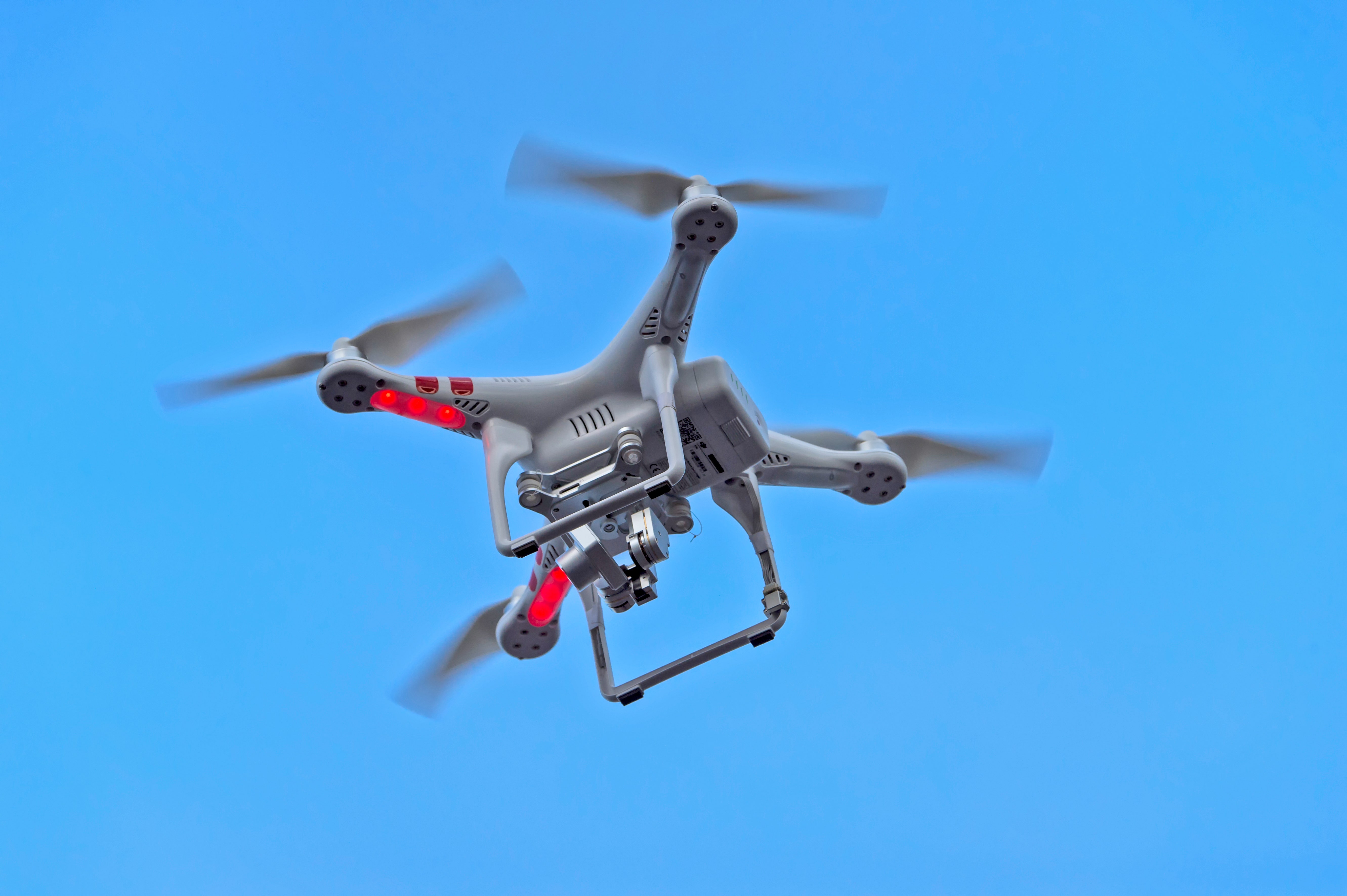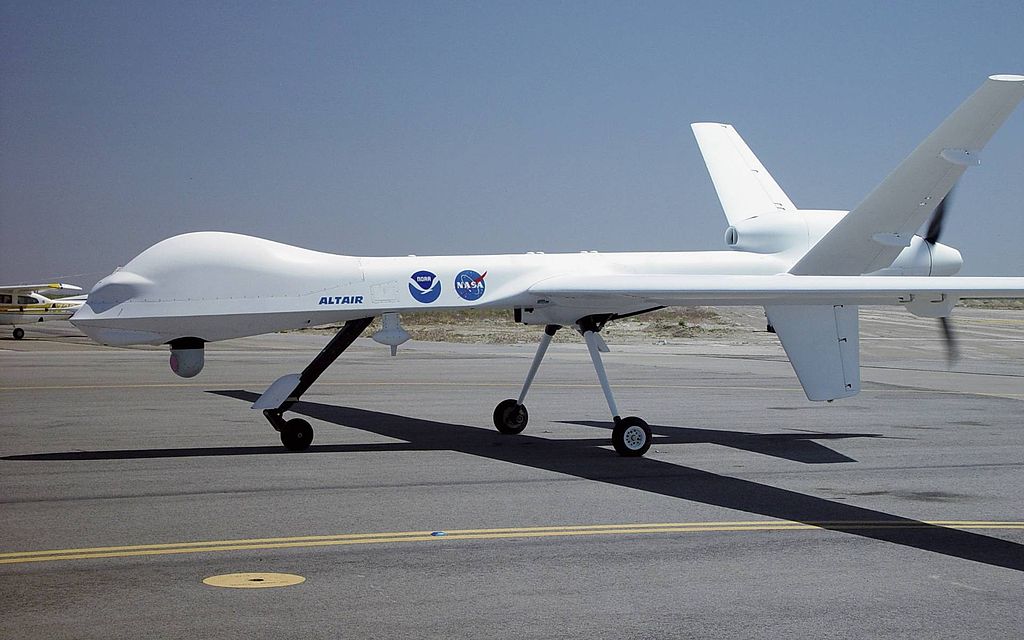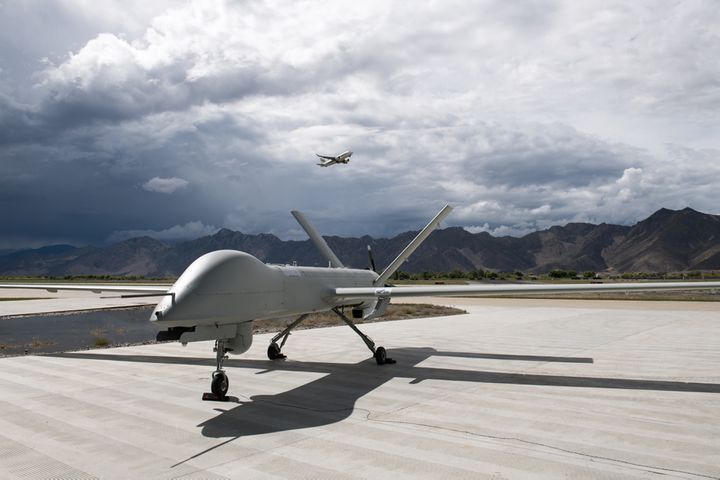
For kids who want a bit of excitement and a new hobby, there are many drones available. This article will focus on the Parrot Maclane, Tello EDU and the S5C, which allow for smartphone control. These options offer great options for anyone wanting drones introduced to their kids. Which one is best? Find out which one is best by reading on! Check out our Amazon Wishlist for more information!
Parrot Maclane
There are many choices of drones for children on the market. It can be overwhelming to decide which one is right for your child. Luckily, there are some great options available for you. This article will explain the advantages of these drones and help you to choose the best one for your child. It's fun for all. And what child doesn't want to be able to fly a drone?
Tello EDU
DJI Tello was the first EDU drone for children. The control pad looks just like a PlayStation and the drone has an HD camera that can be used with a 100 meter range. It is also compatible with VR headsets and has components designed by DJI. It is easy-to-use and can be programmed to do certain tasks based on the code it receives. Whether you are looking for a beginner drone or a more advanced model, there are a wide variety of options available.

Parrot Maclane with camera
The Parrot Maclane with camera, a drone that your child can fly, is the best choice. The Parrot Maclane with camera features a camera in the back, and has two LED lights on its fuselage. It can perform 360 degree front flips and back flips. Easy to operate, this drone will be a hit with your kids. You can even use your thumb to operate it.
S5C drones equipped with smartphone control
S5C drones are great for kids and come with smartphone controls. These drones can hover at various heights and capture footage to the microSD card. You can use the smartphone to control the drone, or you can connect it to a TV to watch the video on the screen. The control range of S5C drones is about 80 meters, and you can fly them up to 100 meters from the receiver.
Parrot Maclane blade guards
The Parrot Maclane with its blade guards makes it safe to fly for children, unlike other kids' drones. The drone is equipped with a flashlight, headlights, ultrasound, and a number of fun features. It can fly upto 65ft, with a 25 minute battery life. The included USB cable and a separate 2.4A 2.4A charger can be used to charge the battery.

FAQ
What kind of batteries is a drone using?
Lithium-ion batteries are the most common type of battery for drones. The typical drone draws between 3 and 6 volts.
Are drones allowed on public events?
Yes, you are free to fly a drone anywhere as long as you follow the rules. However, if you plan to fly your drone during a public event such as a parade, festival, or concert, you will need approval from the event organizers.
Can I fly my drone indoors without a license?
Yes, your drone can be flown indoors. You just have to ensure no obstacles or hazards inside your home. For instance, avoid flying near windows and doors, heating vents, heating units, air conditioning units, electrical outlets or water pipes.
Can my drone be flown in my local park?
Yes, drones are allowed to fly in parks across the globe. However, some countries do not allow flying drones at parks due to safety concerns. Check out our list of places where you can legally fly drones for fun.
What is the difference of a quadcopter and an hexacopter, you ask?
Quadcopters are four-rotor helicopters that fly like traditional helicopters. It is equipped with four rotors, each of which can rotate independently. The hexacopter can be described as a quadcopter but has six rotors, instead of the usual four. Hexacopters can be more stable and maneuverable that quadcopters.
You can fly a drone as high as you like without a license.
The FAA has no limit on how high you can fly a drone. However, they do require you to register your unmanned aircraft system (UAS), which includes the registration number, model name, weight, size, serial number, manufacturer's name, date manufactured, and other information.
Statistics
- According to industry research from ZipRecruiter , there are 10 cities where the typical salary for a Drone Pilot job is above the national average. (dronesgator.com)
- Research and Markets predict a growth rate of 51.1% over the next five years. (thedroneu.com)
- According to Indeed, a drone pilot gets paid $25.73 per hour on average in the US. (dronesgator.com)
External Links
How To
How to Fly Drones at a Beginning Level
A drone is a remotely-controlled aircraft that is used for aerial photography and surveillance. Drone technology has been around since World War II. DJI's Phantom series of quadcopters was the first to be commercially used. From beginner-friendly drones such as Parrot AR Drone 2.0 through professional-grade multirotor craft like DJI Mavic Pro, many types have been available.
You can fly a drone in many different ways, including:
-
Remote control – This technique uses a control device attached directly to your hands that allows you steer the drone around its flight path. There are two main types: Joysticks (like a radio), and On/Off switches (like an alarm clock).
-
Manual Control - This method uses a smartphone app to remotely control the drone using GPS coordinates. Follow the instructions of the app to track the exact location you want the drone go.
-
Autonomous Flight - This method involves leaving the piloting duties to the drone itself. The drone is able to fly autonomously, without the need for human intervention. It must have a builtin camera, sensors capable of taking images and data to enable autonomous flight.
-
Triggered Flying - This method works in the same way as manual control. However, the pilot has to manually set up a route for the drone and it follows that route until reaching the endpoint. The drone automatically lands once the route has been completed and returns to the base.
-
Landing Gear – A few drones come with landing gear. This allows them land safely in the event of losing power or running out of battery.
-
Goggles – Pilots often wear goggles while flying to keep themselves safe from any debris.
-
Camera - Certain drones come with cameras that allow you to take photos and videos from high above.
-
Obstacles: Some drones are equipped with obstacle avoidance systems to prevent them from hitting obstacles.
-
Speed - Some drones reach speeds exceeding 40 mph.
-
Battery Life – Most drones will last 20 minutes to three hours depending on how powerful they are.
-
Range - Some drones can travel upto 30 miles depending on their models.
-
Power source - Not all drones can use an external power source. Others can run on internal batteries.
-
Weight - Some drones weigh less than 1 pound, whereas other models weigh up to 4 pounds.
-
Size - Drones range from small devices that fit in one's palm to large crafts that weigh more than 50 pounds.
-
Price - High-end drones can go for thousands of dollars, while low-cost models start at $100.